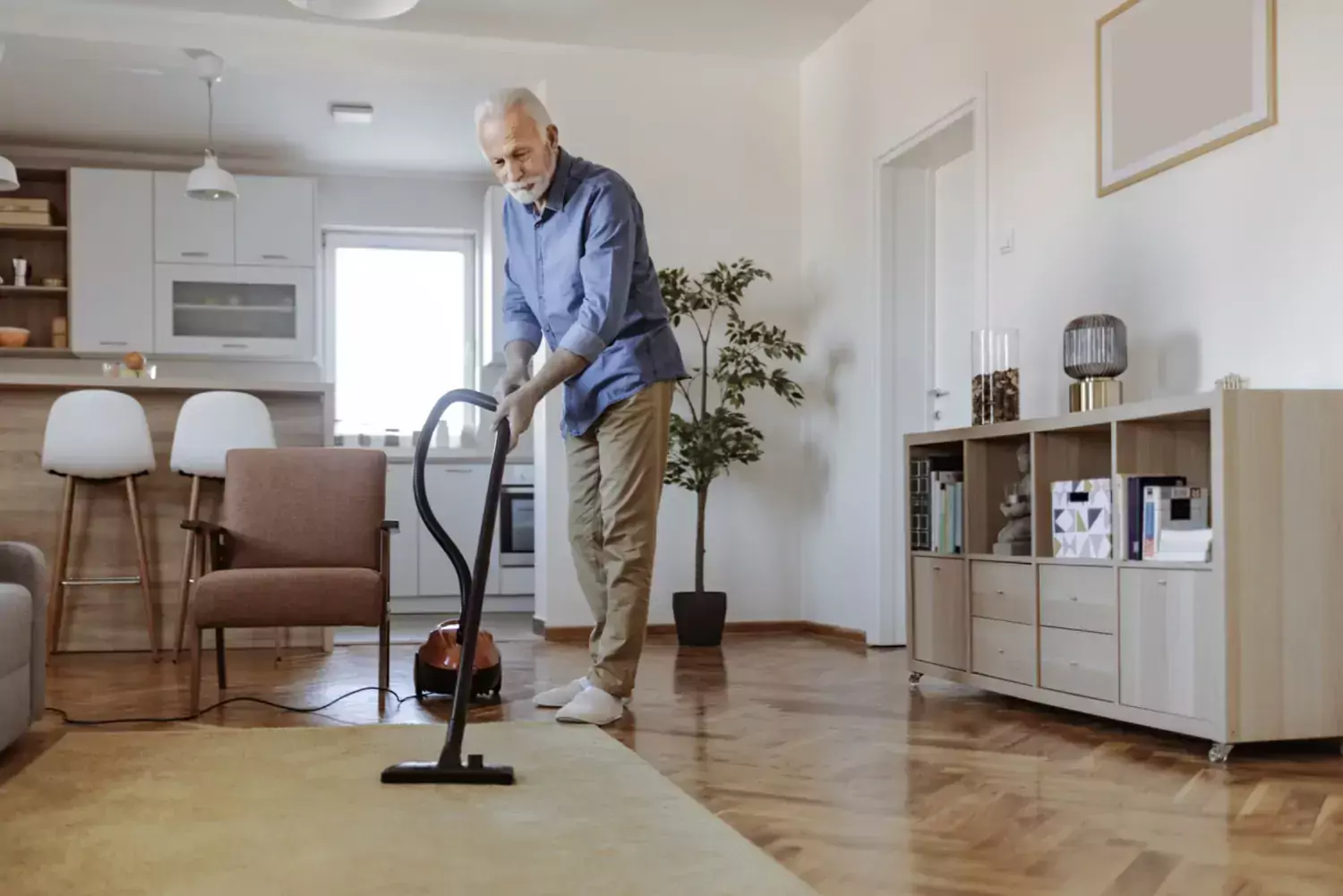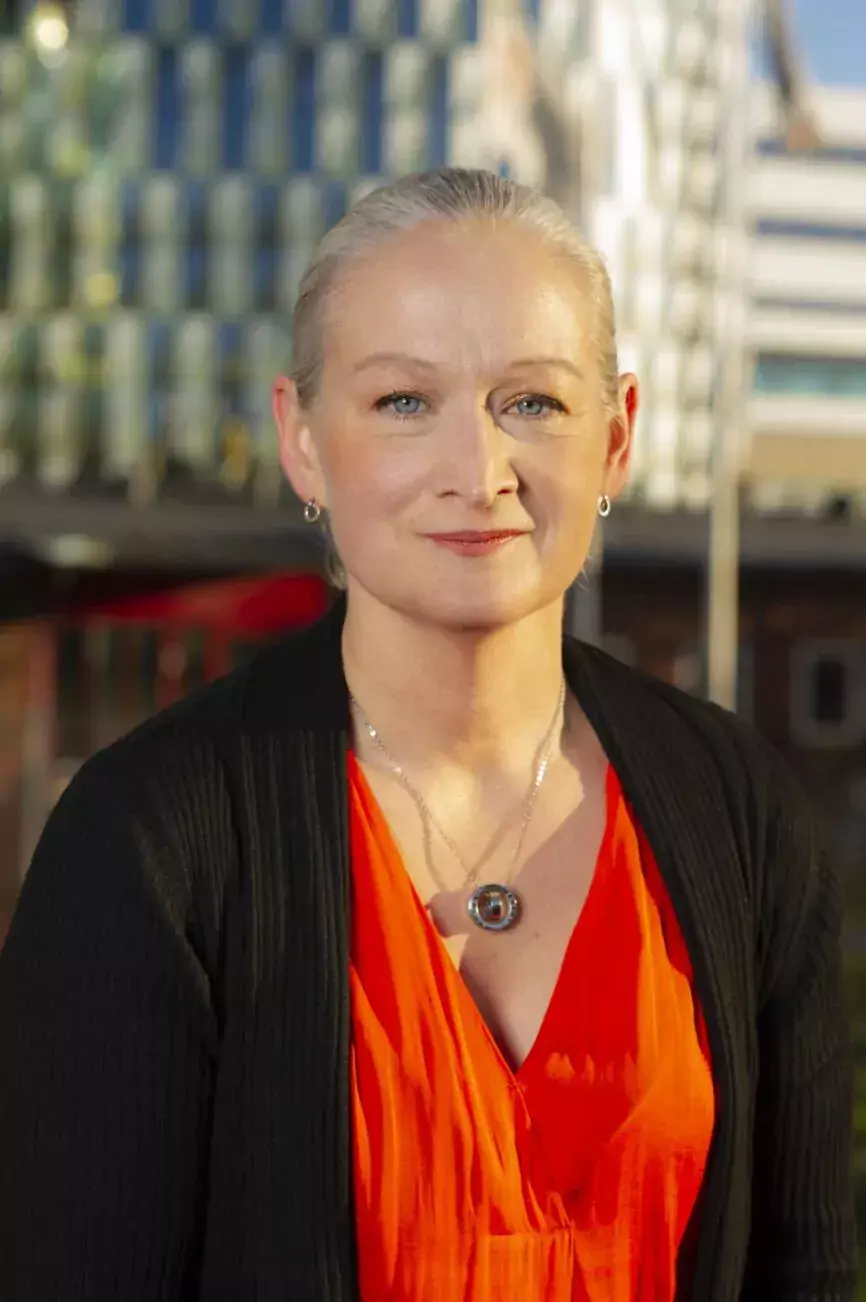Does cleaning count as exercise?

If you find cleaning boring, you might think of it as a form of exercise. But is that true? Anna-Karin Welmer, senior lecturer in physiotherapy, gives us the answer.
– It depends on what the alternative is. If the alternative is to go out and exercise or do a regular workout, then the workout is better. But if the alternative is being sedentary, which is an independent risk factor for ill health, then cleaning is better. Low-intensity physical activity, such as dusting or tidying up, is a good way to break the sedentary lifestyle. Slightly more physically demanding cleaning, such as vacuuming, can serve as pulse-raising physical activity, which we are recommended to do 150 to 300 minutes a week.
What about cleaning in professional life?
– Unfortunately, physical activity done at work, such as cleaning, does not always seem to have the same positive health effects as physical activity done in leisure time. This is called the physical activity paradox. It has to do with lack of recovery and lack of ergonomics, but it also seems to matter to what extent it is pleasurable or not.
What do you research?
– My research includes long-term sedentary behavior in older people. In part of our research, we want to use motion sensors on older people to find out how they move. In combination with interviews, we want to find out what they do when they are physically active and what breaks the sedentary lifestyle. Everyday exercise and cleaning are important from that point of view.
Text: Annika Lund for Medicinsk Vetenskap nr 1, 2024

Anna-Karin Welmer is a senior lecturer in physiotherapy at the Department of Neurobiology, Care Sciences and Society at Karolinska Institutet.
